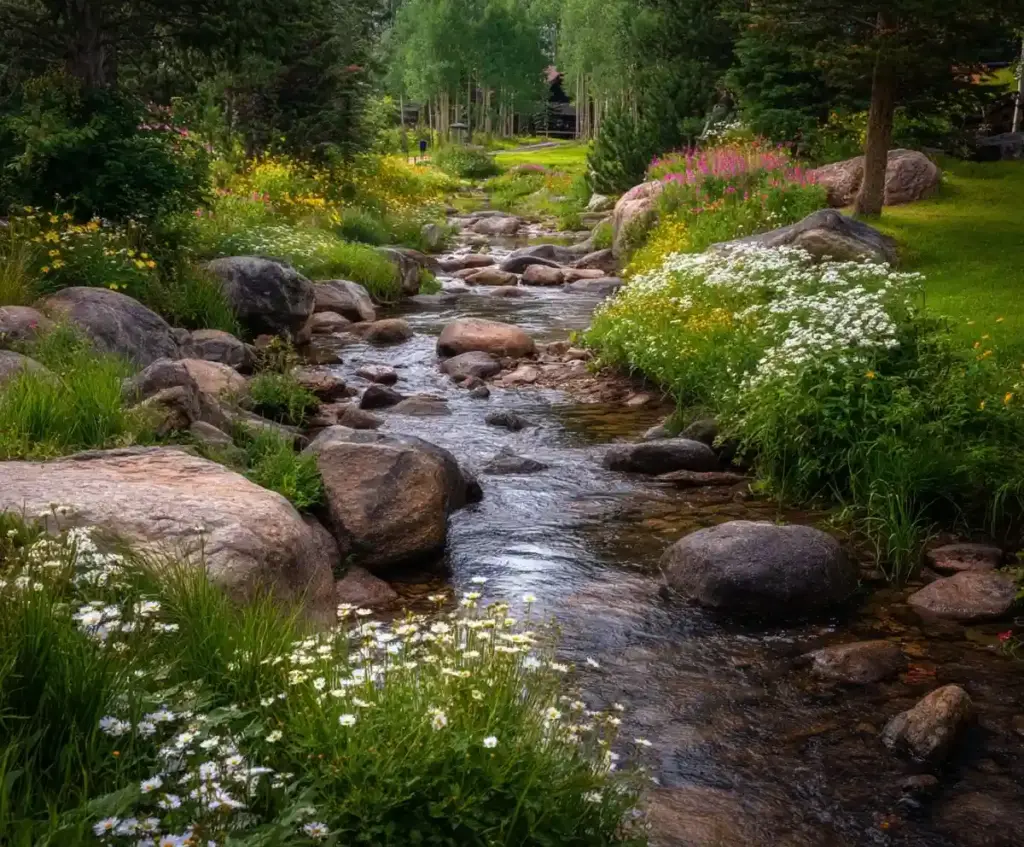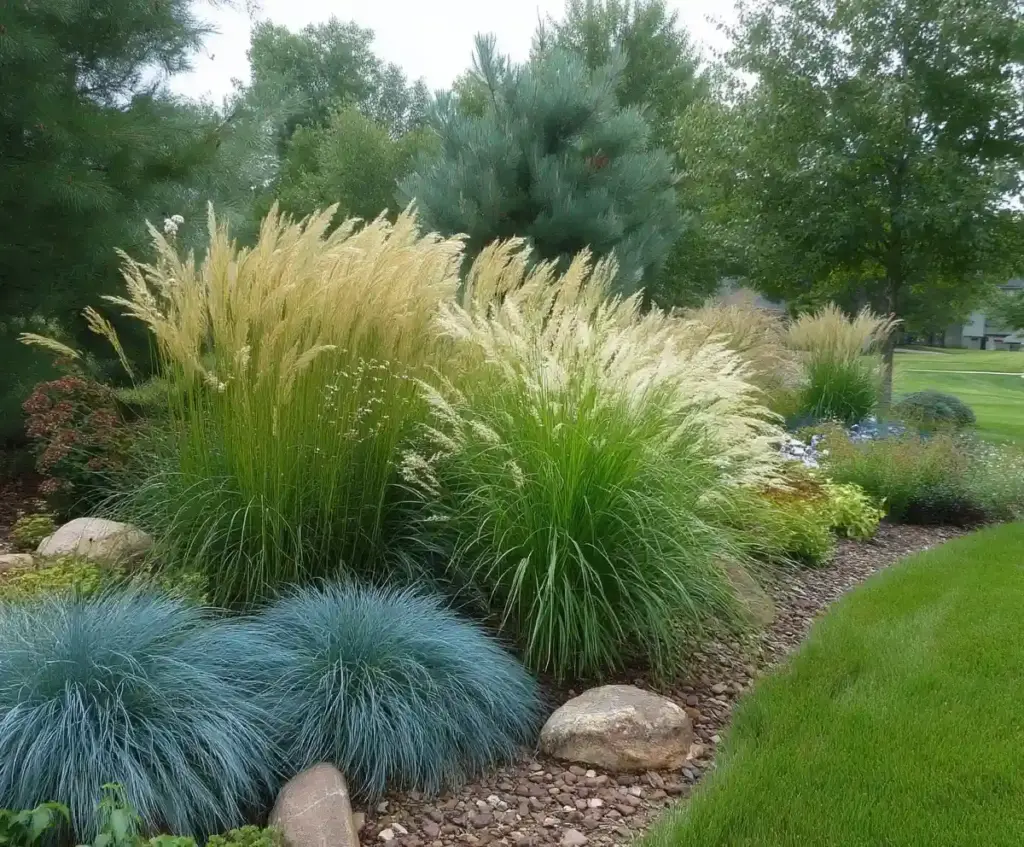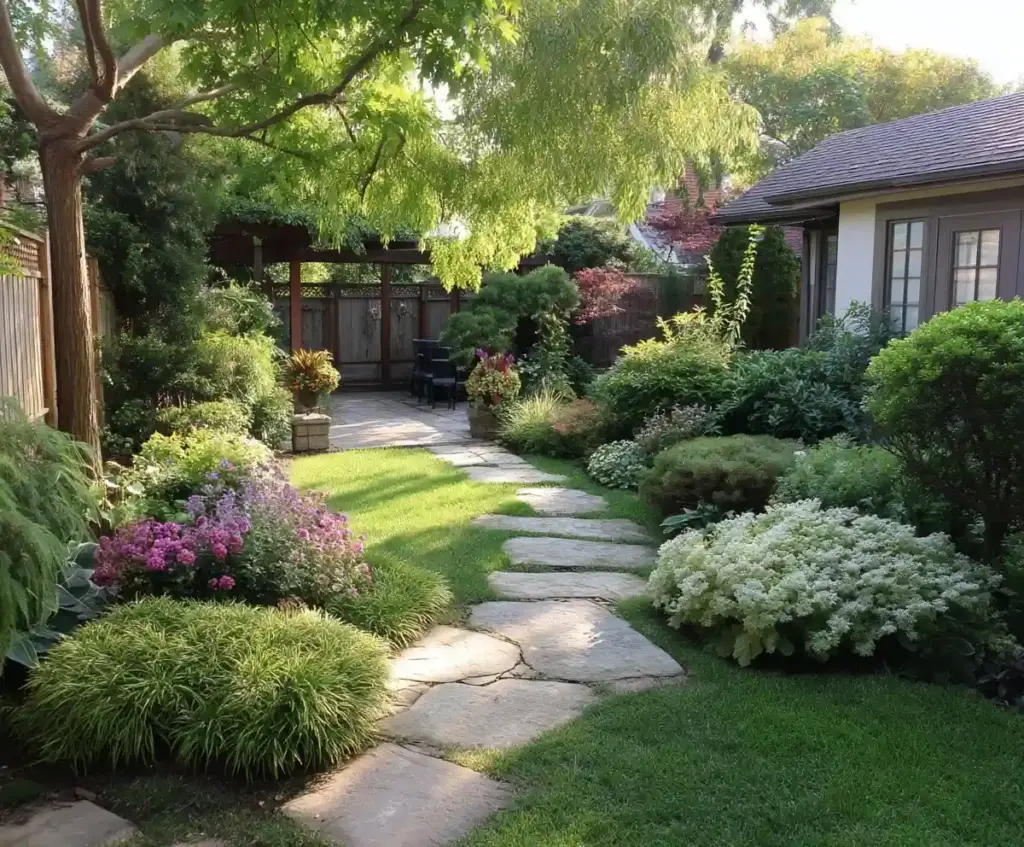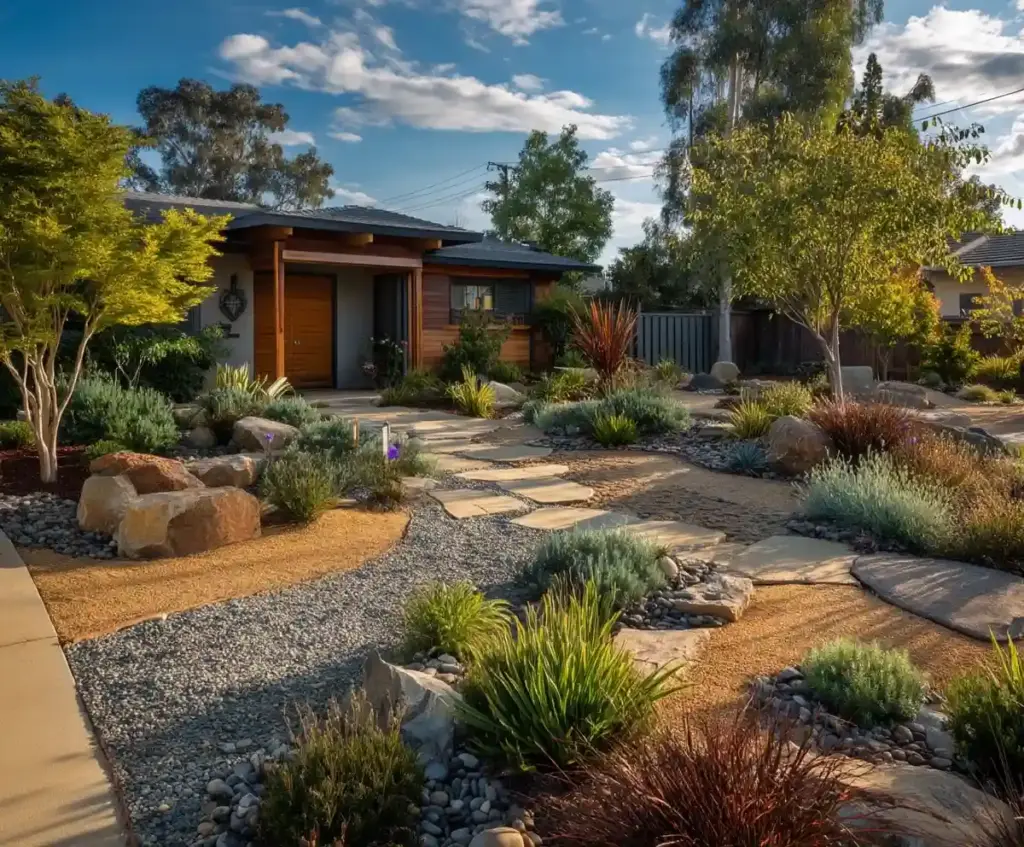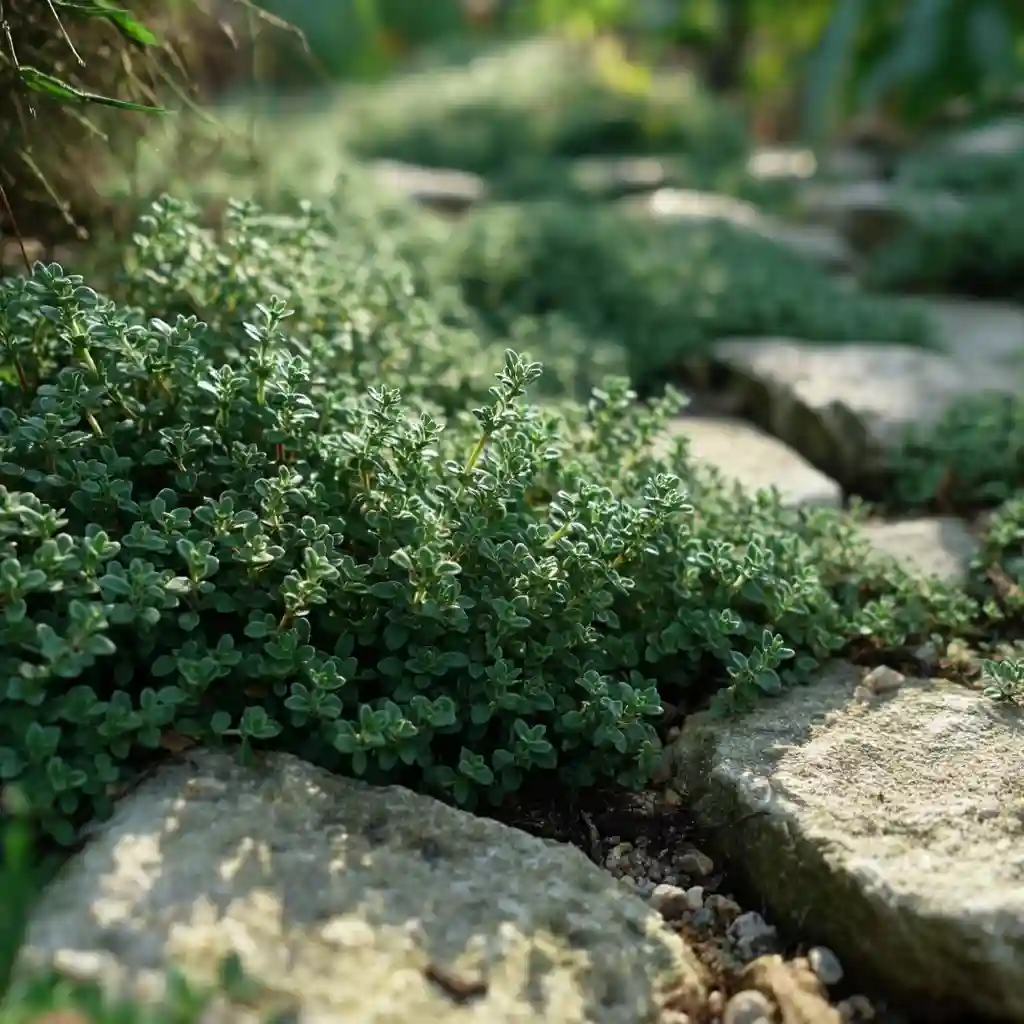Groundcovers for lawn replacement have become a go-to solution for gardeners who want a beautiful yard without the endless cycle of mowing, watering, and weeding. Swapping out traditional grass for vibrant, low-growing plants not only reduces maintenance but also supports soil health and helps control erosion. Whether you’re facing a steep slope, a small urban yard, or simply want more greenery that works year-round, the right groundcovers can transform your outdoor space into a resilient, low‑care landscape.
In this guide, I’ll share the best-performing groundcovers that thrive in challenging conditions, add year-round visual appeal, and eventually reduce your need for mulching or constant weeding. These options are perfect for anyone ready to replace lawn areas with practical, eco-friendly greenery that still looks great in every season.
Table of Contents
Best-Performing Groundcovers for Lawn Replacement
Not all groundcovers are created equal. When selecting plants to replace a lawn, you want varieties that spread steadily, suppress weeds, and require minimal care once established. Below are three reliable performers that provide color, texture, and durability in various conditions.
Woolly Thyme
If you want a soft, low‑growing carpet that can handle light foot traffic, Woolly Thyme is a top contender. Its tiny, fuzzy leaves create a silver-green mat that releases a gentle fragrance when brushed against. This groundcover thrives in full sun and well‑drained soil, making it perfect for sunny pathways, rock gardens, or small lawn replacement areas.
- Height: 1–2 inches
- Benefits: Drought-tolerant, pollinator-friendly, and requires minimal trimming
- Best Use: Between stepping stones or in small sunny patches where grass struggles
Veronica ‘Whitleyii’
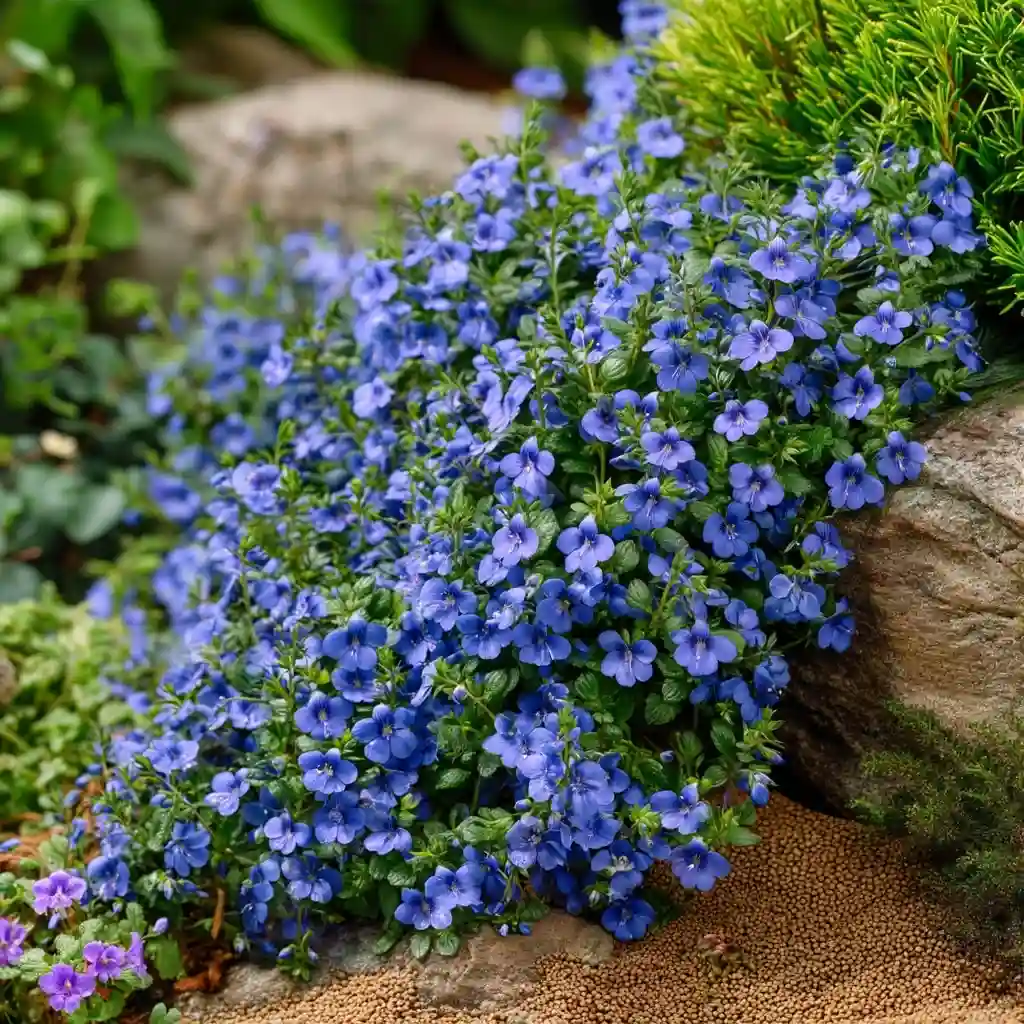
Known for its cascading habit and vibrant blue spring blooms, Veronica ‘Whitleyii’ is both eye‑catching and practical. This groundcover adapts to a range of soils and creates a dense mat that helps block weeds naturally. It performs best in partial sun to light shade and is semi-evergreen in cooler zones, giving you coverage through most of the year.
- Height: 2–3 inches
- Benefits: Attractive spring flowers, erosion control, and low maintenance
- Best Use: On gentle slopes or under open shrubs where a living mulch is needed
Sedum ‘Angelina’
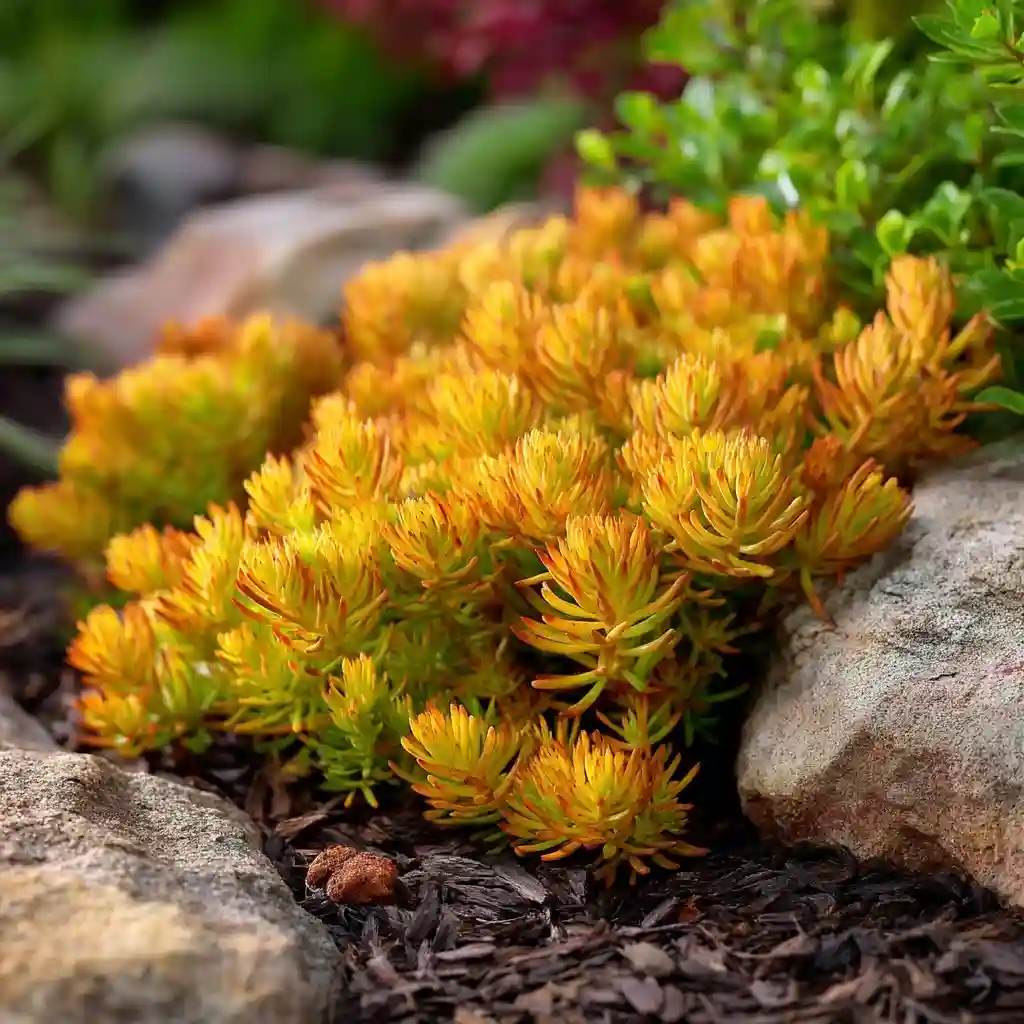
For a pop of year‑round color, Sedum ‘Angelina’ delivers with its golden, needle-like foliage that often turns orange in colder months. This sun‑loving succulent spreads quickly without becoming invasive, covering bare soil and protecting it from erosion. Once established, it needs almost no watering and thrives in tough conditions where grass typically fails.
- Height: 3–6 inches
- Benefits: Evergreen interest, drought tolerance, and vibrant color shifts
- Best Use: Sunny borders, rocky areas, or low-maintenance garden edges
Why Evergreen Performance Matters in Zone 3/4
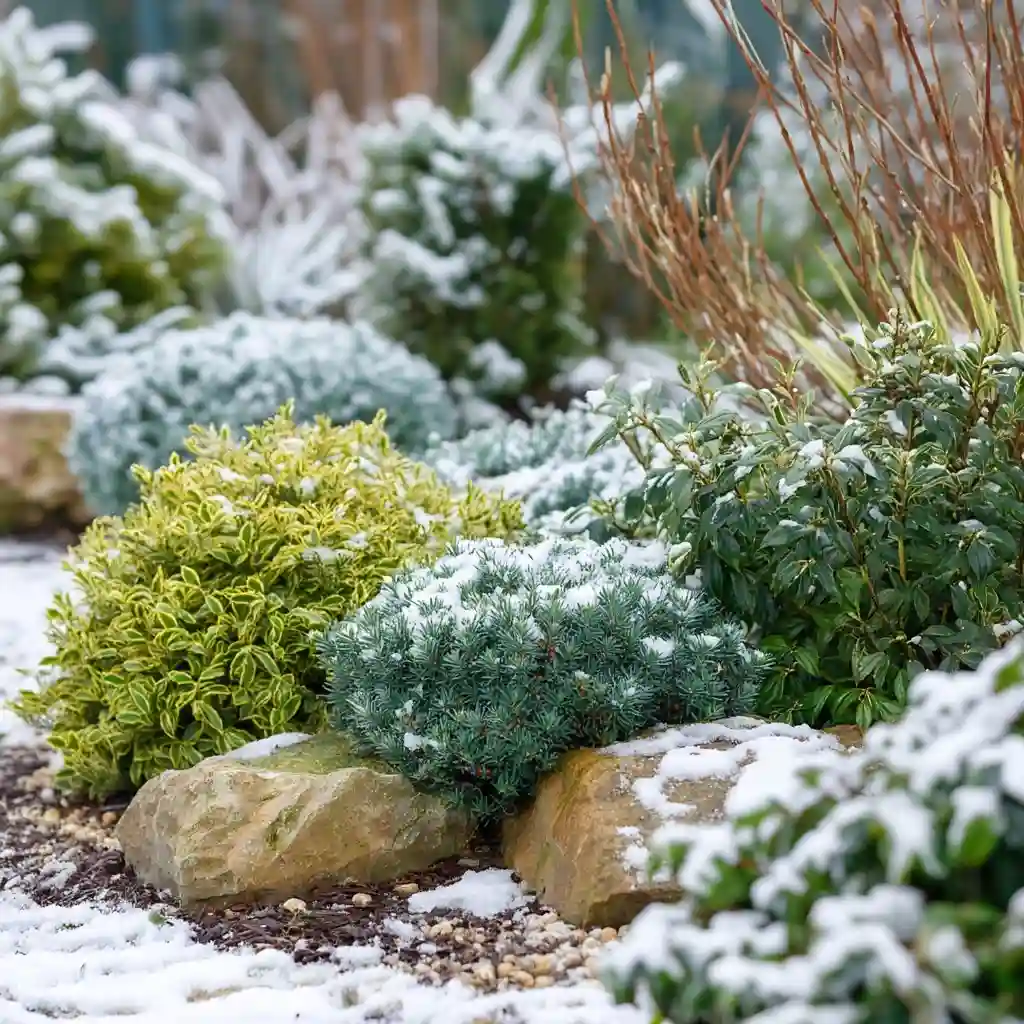
Choosing groundcovers for lawn replacement that stay green year‑round is a game‑changer for gardeners in colder climates like Zone 3 and 4. Traditional lawns often go dormant or turn brown during winter, leaving the yard looking bare. Evergreen groundcovers, on the other hand, maintain visual appeal in every season and provide several practical benefits.
- Year‑Round Curb Appeal
Evergreen groundcovers keep your yard vibrant, even when snow melts or deciduous plants die back. This is especially valuable for front yards or sloped areas visible from the street. - Weed Suppression During Dormancy
Winter is prime time for opportunistic weeds to establish in exposed soil. A continuous carpet of evergreen foliage prevents these intrusions naturally. - Soil and Erosion Control
In colder zones, freeze-thaw cycles and spring snowmelt can destabilize soil. Groundcovers with dense roots and winter foliage protect slopes and garden beds from erosion. - Lower Maintenance Year‑Round
While lawns require raking, mowing, and seasonal fertilization, evergreen groundcovers largely maintain themselves once established, cutting down on winter and early spring chores.
For gardeners replacing their lawn in colder zones, prioritizing evergreen varieties ensures your yard stays lively and low‑maintenance in all seasons.
Groundcovers That Prevent Weeding and Mulching Eventually
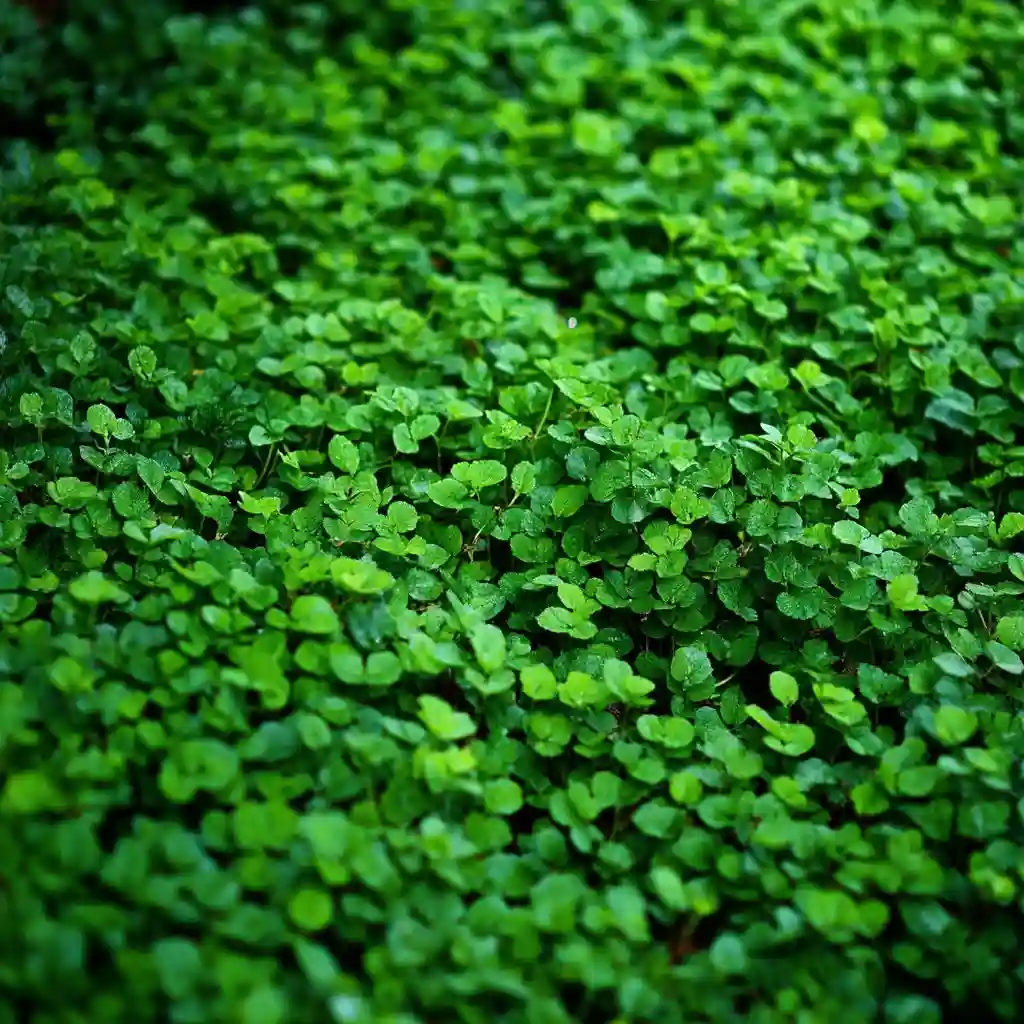
One of the biggest advantages of using groundcovers for lawn replacement is that, over time, they can eliminate the need for constant mulching and hand‑weeding. A dense, healthy mat of groundcovers naturally shades the soil, making it difficult for weeds to germinate.
Here are a few tips and plant choices that excel at creating a low‑maintenance, self‑sustaining lawn alternative:
Dense Planting from the Start
Planting groundcovers closely helps them establish faster and block weeds sooner. While this can be a bigger upfront investment, it pays off with reduced maintenance in future seasons.
Top Groundcovers for Weed Suppression
- Creeping Jenny (Lysimachia nummularia ‘Aurea’): Forms a vibrant, golden mat in partial sun and tolerates light foot traffic.
- Dwarf Comfrey (Symphytum grandiflorum): A pollinator magnet with shallow roots that spreads steadily without becoming overly invasive when monitored.
- Golden Groundsel (Packera aurea): A hardy native that thrives in shade, offers cheerful yellow blooms, and quickly forms a weed‑blocking carpet.
- Liriope and ‘Ice Dance’ Carex: Reliable evergreens that excel in tough spots, including slopes and urban “hell strips,” while locking weeds out.
Less Mulch, More Living Cover
Once groundcovers fill in, they take over the job of mulch. Their dense foliage prevents evaporation, shades the soil, and reduces the need for annual mulch applications. Over time, this means less labor and fewer materials to haul into the garden each season.
By selecting vigorous, low‑maintenance species and planting densely, your groundcovers will eventually create a living mulch that handles both aesthetics and practicality.
Conclusion & Additional Recommendations
Replacing traditional lawns with groundcovers for lawn replacement is more than a trend—it’s a smart, sustainable approach to gardening. By choosing resilient, low‑maintenance plants like Woolly Thyme, Veronica ‘Whitleyii’, and Sedum ‘Angelina’, you can enjoy year‑round color, reduced yard work, and natural weed suppression. Over time, these living carpets also serve as mulch, conserve soil moisture, and protect against erosion, making your garden more self‑sustaining with each passing season.
FAQs
How long does it take for groundcovers to fully replace a lawn?
Most groundcovers take one to three growing seasons to fully establish, depending on the species, spacing, and soil conditions.
Can I walk on groundcovers like I do on grass?
Some, such as Woolly Thyme or Creeping Jenny, tolerate light foot traffic, but most groundcovers are best for ornamental or low‑traffic areas.
Do I need to remove all my grass before planting groundcovers?
Yes, removing existing turf and weeds first gives your groundcovers the best chance to spread without competition.
🌿 Love gardening inspiration? Follow me on Pinterest for bold plant ideas, tips, and seasonal color!
More Posts

